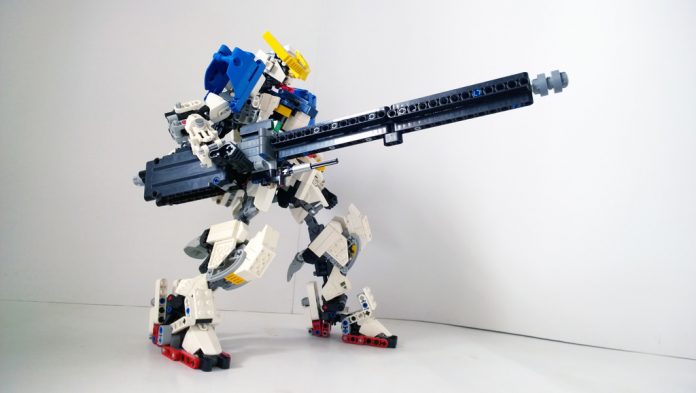
On Sunday, Elon Musk and 116 artificial intelligence experts published an open letter addressing the United Nations Convention on Certain Conventional Weapons. In it, they warn of the dangers that autonomous weapons or “killer robots” can pose to warfare development and mankind.
Unlike many outlets have reported, the letter does not explicitly call for a ban on intelligent arms and defense mechanisms. It remains true, however, that people like Tesla’s CEO have been consistently trying to convince others in various industries and walks of life to pay attention to the threat of sentient machines.
The letter to the UN was collectively penned and signed, but published by the Future of Life Institute in yet another attempt to make people turn their heads toward this issue. The organization has made similar moves in the past with more or less the same skeptical reception.
A ban on automated weapons probably won’t happen
In spite of the fact that a large group of respected experts working for some of the world’s top firms in robotics, AI, and tech have signed the letter, the truth remains: banning automated weapons will probably not happen.
Although it is most likely true that “they will permit armed conflict to be fought at a scale greater than ever” and at “timescales faster than humans can comprehend,” it is also true that they are highly practical.
Global powers just won’t give up their plans to keep developing these sorts of weapons and let others have the upper hand. “The temptation of using them is going to be very intense,” adds Greg Allen, who co-authored a report on war and AI for the Office of the Director of National Intelligence.
If you're not concerned about AI safety, you should be. Vastly more risk than North Korea. pic.twitter.com/2z0tiid0lc
— Elon Musk (@elonmusk) August 12, 2017
There are already myriad “sentient” war machines
Other types of weapon technologies have been banned with overwhelming support from most countries worldwide, but the case of autonomous guns, tanks, drones, and other war machines is different.
The paradigm we are presented with is that they have proven to be extremely effective, not just at their ulterior objective of eliminating enemy weapons and forces but also preserving the lives of soldiers operating them.
Killer robots might not be humanoid, Terminator-like machines quite yet, but there are weapons already out there doing similar biddings. Drones like Israel’s Harpy can automatically drop bombs on targets detected by its radar, and US Navy ships can also engage approaching missiles and aircraft without commands.
Russian military forces are testing unmanned vehicles and tanks to use on the battlefield, while the United Kingdom has its own drone undergoing trials to displace manned planes and aerial combat vehicles.
South Korea even has a Samsung-developed sentry gun called the SGR-A1 which is theoretically capable of firing at will and currently stationed at their side of the DMZ. Its surveillance capabilities were groundbreaking, and it integrates motion tracking and voice recognition to “make” its decisions.
Source: Future of Life Institute










